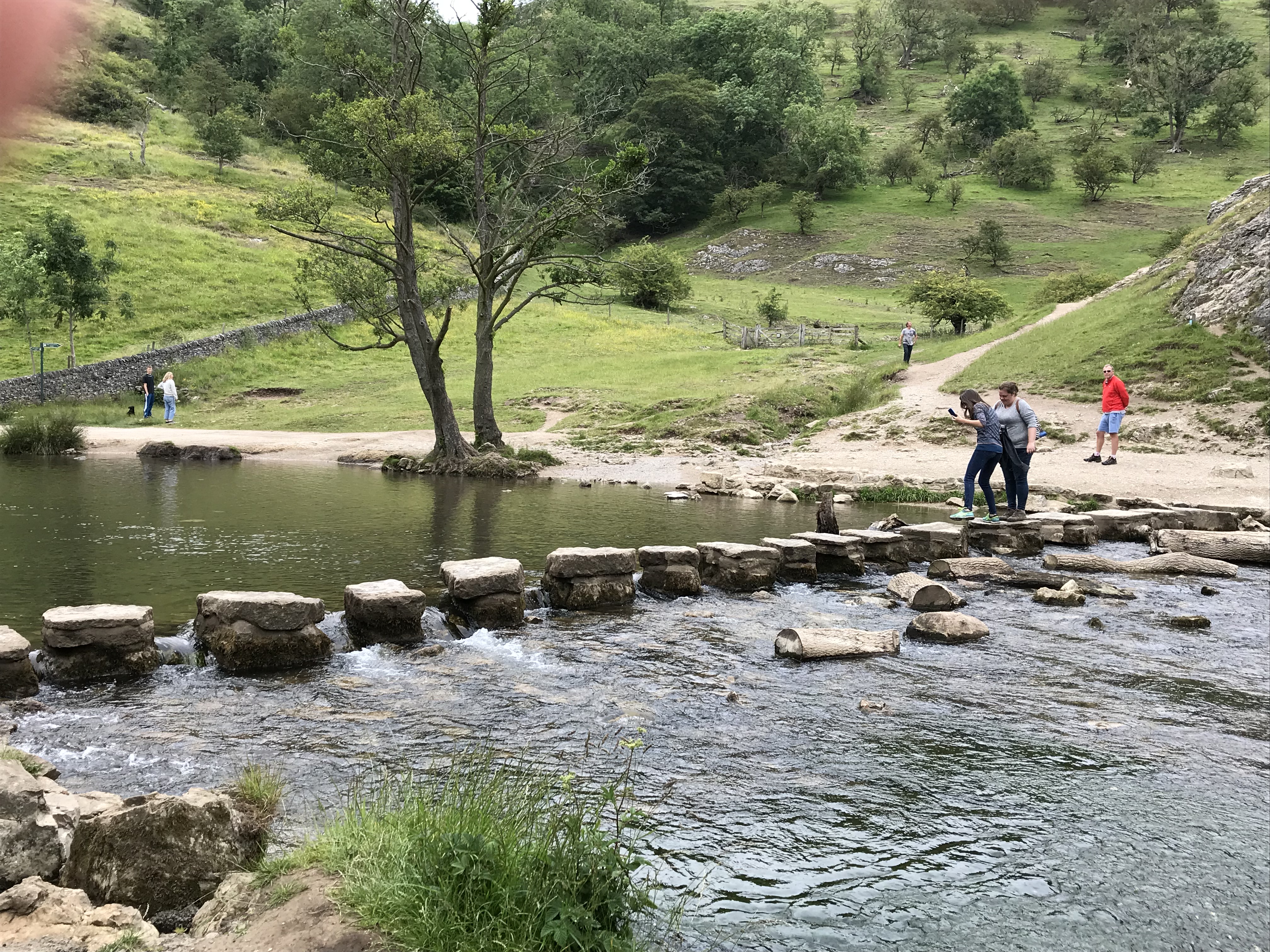Chapter 12: Ensuring quality teaching in a digital age
12.2 Nine steps to quality teaching in a digital age

![]()
In the previous section, I pointed out that there are lots of excellent quality assurance standards, organizations and research available online, and I’m not going to duplicate these. Instead, I’m going to suggest a series of practical steps towards implementing such standards.
12.2.1 An alternative to using the ADDIE model to assure quality
I am assuming that all the standard institutional processes towards program approval have been taken, although it is worth pointing out that it might be worth thinking through my nine steps outlined below before finally submitting a proposal for a new blended or online course or program. My nine steps approach would also work when considering the redesign of an existing course.
The ‘standard’ quality practice for developing a fully online course would be to develop a systems approach to design through something like the ADDIE model (see Chapter 4, Section 3). Puzziferro and Shelton (2008) provide an excellent example.
However, I have already pointed to some of the limitations of a systems approach in the volatile, uncertain, chaotic and ambiguous digital age (Chapter 4, Section 7), and in any case, I think we need a process that works not only for fully online courses but also for face-to-face, blended and hybrid courses and programs. So I am aiming for a more flexible but still systematic approach to quality course design, but broad enough to include a wide range of delivery methods. To get a sense of the difference in my approach to a ‘standard’ systems model, the ADDIE model wouldn’t kick in until around Step 6 below.
Furthermore, it is not enough just to look at the actual teaching of the course, but also at building a complete learning environment in which the learning will take place (see Chapter 6). So to provide a quality framework, I will outline nine steps, although they are more likely to be developed in parallel than sequentially. Nevertheless there is a logic to the order.
- Step 1: Decide how you want to teach
- Step 2: Decide on mode of delivery
- Step 3: Work in a Team
- Step 4: Build on existing resources
- Step 5: Master the technology
- Step 6: Set appropriate learning goals
- Step 7: Design course structure and learning activities
- Step 8: Communicate, communicate, communicate
- Step 9: Evaluate and innovate
These steps will draw on material from earlier in this book. Indeed, if you have been doing the activities thoroughly, you may already be able to answer the questions raised as you work through each of the nine steps.
Reference
Puzziferro, M., & Shelton, K. (2008). A model for developing high-quality online courses: Integrating a systems approach with learning theory Journal of Asynchronous Learning Networks, Vol. 12, Nos. 3-4

